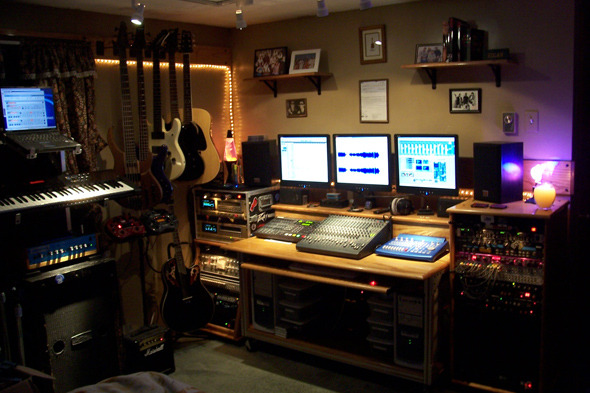Future-proofing your studio begins with investing in a scalable digital audio workstation DAW computer that can grow alongside your creative needs. The goal is to ensure your setup remains capable of handling increasingly complex projects without requiring frequent costly upgrades. Scalability in this context means choosing hardware and software solutions that can be easily expanded or improved, allowing your system to stay relevant as technology advances and your production demands evolve. A critical consideration is the processor power. Opting for a computer with a strong multi-core processor helps manage simultaneous tasks efficiently. Additionally, prioritizing models that allow for future processor upgrades or support next-generation CPUs is wise. This ensures that as software becomes more demanding, your computer can keep pace without being rendered obsolete.

Memory capacity also plays a major role in maintaining a smooth workflow. Audio editing and mixing often involve large sample libraries and numerous virtual instruments, which can quickly consume RAM. Starting with ample RAM and choosing a system that supports easy memory expansion means you can add more as needed, enhancing performance without replacing the entire machine. This flexibility is key for future-proofing, especially as sample quality and project complexity continue to increase. Storage solutions should not be overlooked when building a scalable DAW Audio PC computer. Fast, reliable storage such as solid-state drives SSD greatly improves load times and real-time performance. Moreover, selecting a setup with multiple storage bays or slots allows you to increase your storage capacity easily over time. Having the ability to add high-speed drives ensures that your studio can manage ever-growing project files and libraries without bottlenecks.
Connectivity options contribute significantly to a DAW computer’s longevity and adaptability. Look for systems with multiple ports and support for the latest interfaces like USB-C, Thunderbolt, or high-speed Ethernet. This not only facilitates connecting a wide array of audio gear but also future-proofs your setup against evolving peripheral technologies. Expandable ports and compatibility with external hardware provide flexibility to integrate new tools and equipment as your studio grows. consider the overall system architecture and cooling solutions. High-performance components generate heat, which can throttle performance if not managed properly. A well-designed cooling system supports consistent operation during extended sessions and minimizes hardware failure risks. Additionally, modular designs that allow for component swaps and upgrades without replacing the whole unit make your DAW computer a sustainable long-term investment. By focusing on scalability, expandability, and robust build quality, you ensure your studio remains capable and ready for future challenges.
